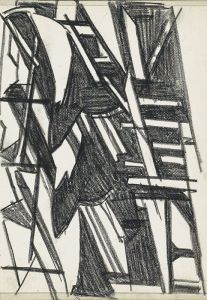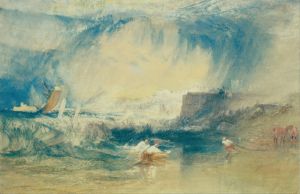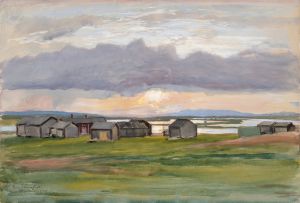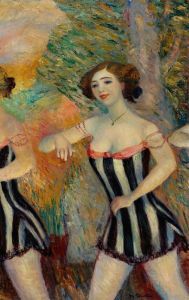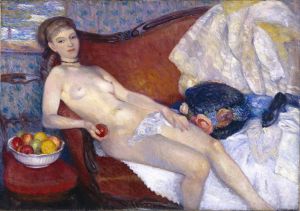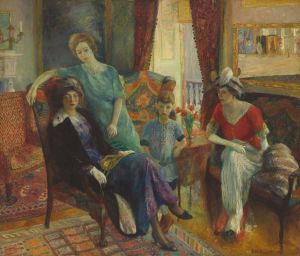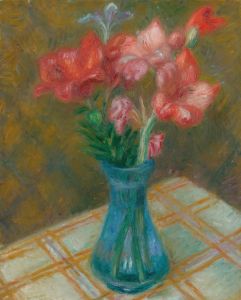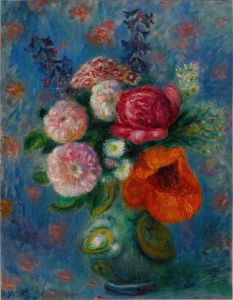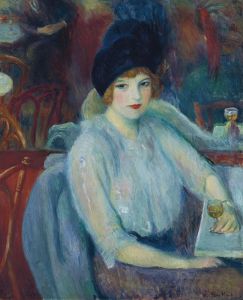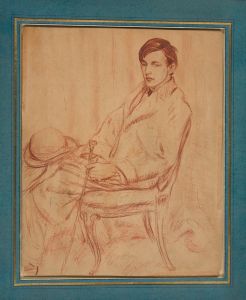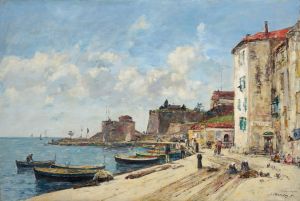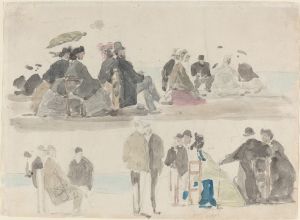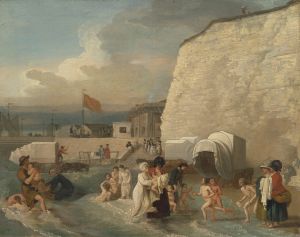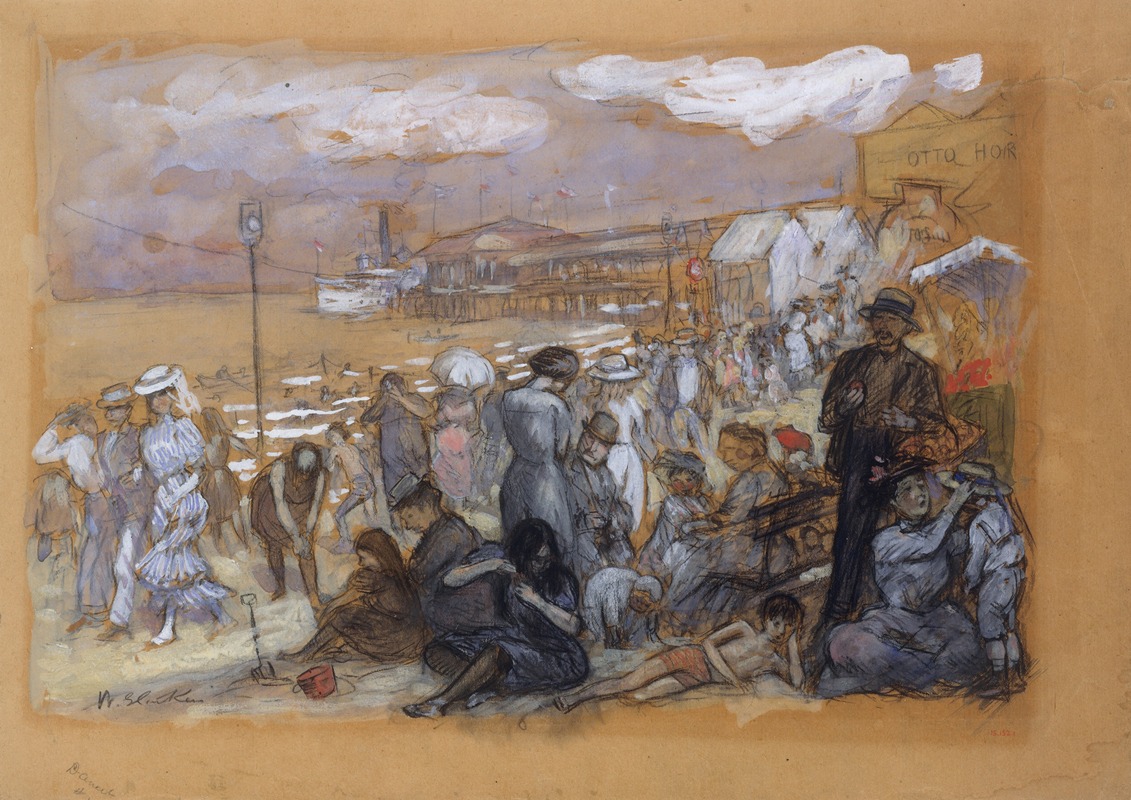
Afternoon at Coney Island
A hand-painted replica of William James Glackens’s masterpiece Afternoon at Coney Island, meticulously crafted by professional artists to capture the true essence of the original. Each piece is created with museum-quality canvas and rare mineral pigments, carefully painted by experienced artists with delicate brushstrokes and rich, layered colors to perfectly recreate the texture of the original artwork. Unlike machine-printed reproductions, this hand-painted version brings the painting to life, infused with the artist’s emotions and skill in every stroke. Whether for personal collection or home decoration, it instantly elevates the artistic atmosphere of any space.
William James Glackens' Afternoon at Coney Island is a notable painting by the American artist, who was a prominent member of the Ashcan School, an artistic movement in the early 20th century that focused on realistic depictions of urban life. Created in 1908, this painting captures the lively and bustling atmosphere of Coney Island, a popular recreational destination in Brooklyn, New York, during the early 1900s.
The painting is celebrated for its vibrant portrayal of the crowded beach scene, filled with men, women, and children enjoying a summer day. Glackens' use of bold, dynamic brushstrokes and a bright, sunlit palette conveys the energy and vitality of the setting. The composition is dense with figures, emphasizing the sense of movement and the communal experience of leisure that Coney Island offered to people from various social backgrounds during this period.
Glackens was known for his ability to depict scenes of modern life with a sense of immediacy and charm. In Afternoon at Coney Island, he combines his keen observational skills with a style influenced by both Impressionism and Realism. The painting reflects his interest in capturing the everyday experiences of ordinary people, a hallmark of the Ashcan School's philosophy. While the work is rooted in realism, the loose, expressive brushwork and vibrant colors also suggest the influence of European Impressionists, particularly Pierre-Auguste Renoir, whose work Glackens admired.
Coney Island, at the time, was a symbol of the democratization of leisure in America. It attracted a diverse crowd, offering amusement parks, beaches, and other entertainment options that were accessible to the working and middle classes. Glackens' depiction of this scene highlights the social and cultural shifts of the era, as urbanization and industrialization transformed the way people spent their free time.
The painting is part of the collection of the Toledo Museum of Art in Toledo, Ohio. It remains an important example of Glackens' work and a vivid representation of early 20th-century American life. Through Afternoon at Coney Island, Glackens not only documented a specific moment in history but also celebrated the vibrancy and diversity of urban life, making it a significant contribution to American art.





